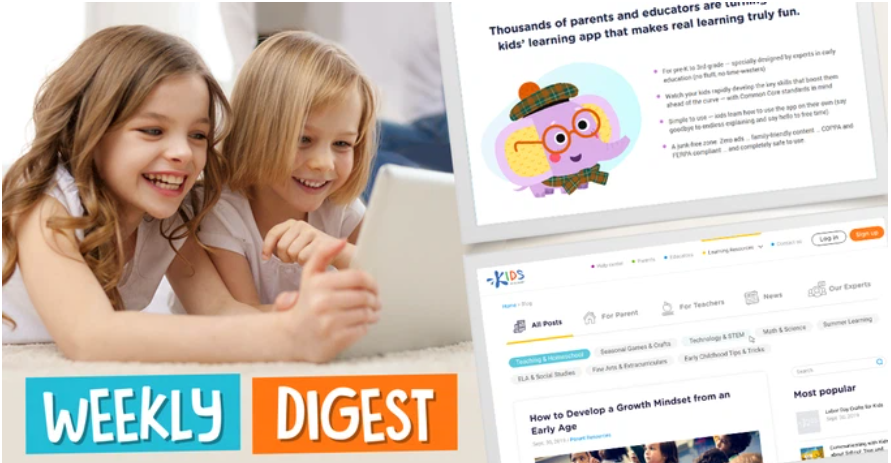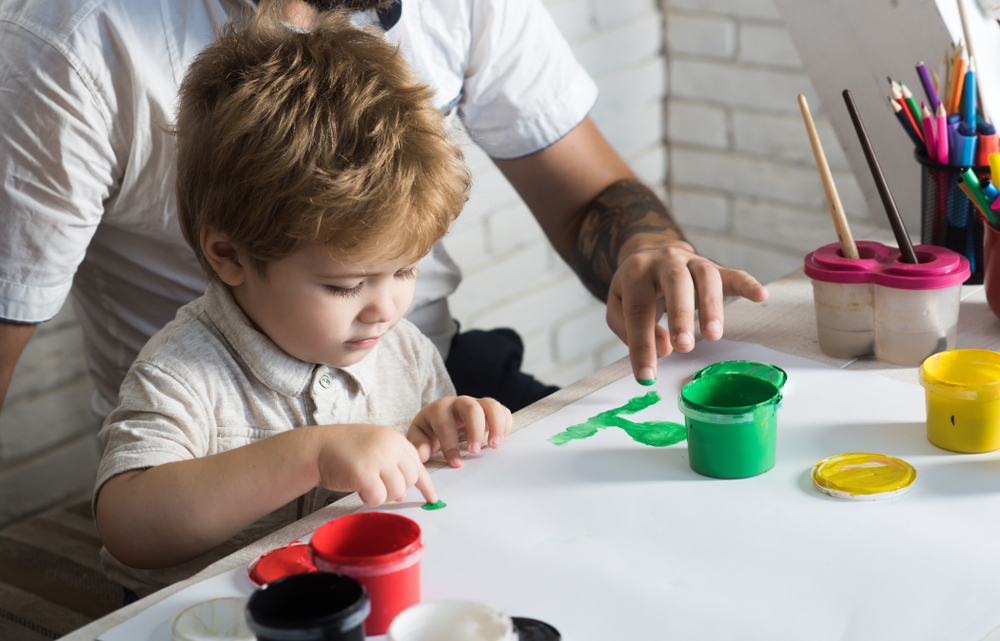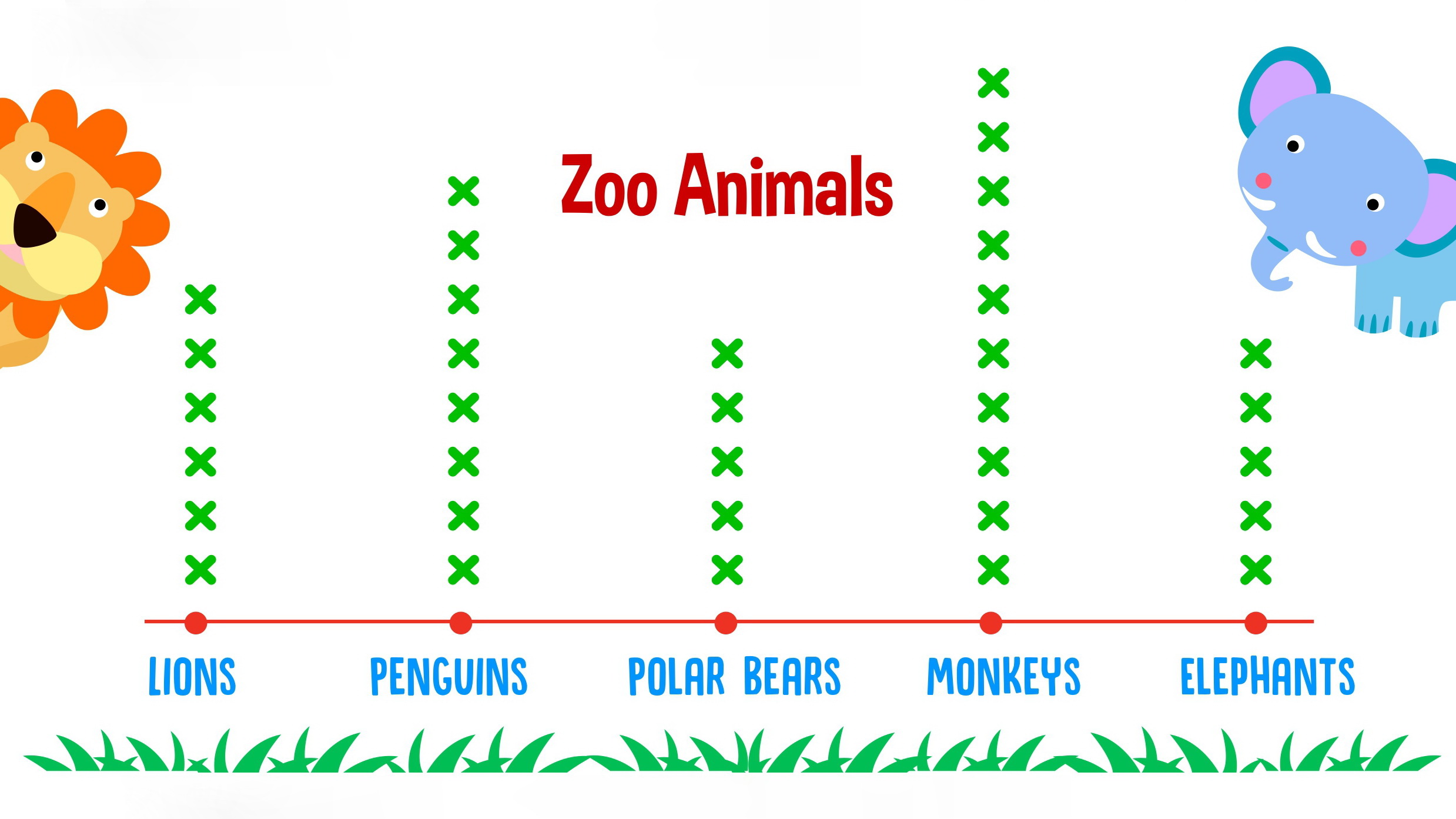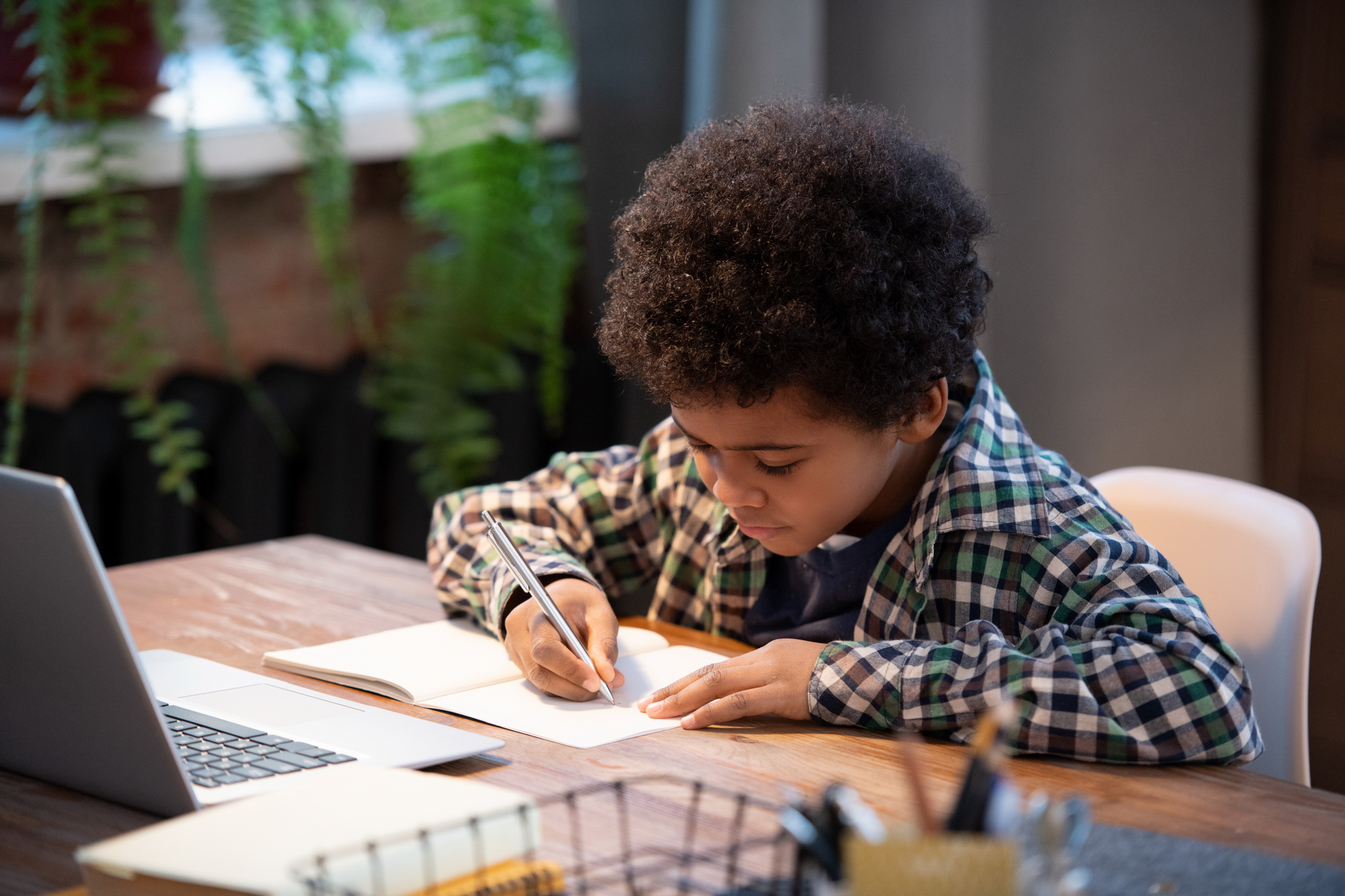Mindfulness in the Classroom: What Is It, and How Can It Help Accelerate Learning?
Aug. 2, 2021
For kids, teachers, and even parents, sometimes school is just plain hard. Now more than ever, our children are anxious and stressed. Parents and teachers lead busy lives with increasing demands, and the pandemic has only added more fuel to the fire. As we all approach the beginning of a new school year, what can be done to ease the stress and help little learners feel more relaxed? One consideration is to practice mindfulness both inside and out of the classroom. In our experts' blog for parents, you may find a variety of useful activities to be practiced both indoors and outdoors.
Over the past few years, the word mindfulness has become a buzzword in our culture that many folks associate with meditation, which isn’t too far off the mark. However, there’s much more to mindfulness than simply breathing deeply. Join us to discover more about the tenets of mindfulness and how it can be integrated within the school day or at home to help kids destress and feel more comfortable about learning.
What is Mindfulness?
Simply put, to be mindful refers to our basic ability as humans to be self-aware. When we practice mindfulness, we focus our attention inward to direct our awareness to how we feel. This helps us to understand our emotions and responses to stressors or aspects of our lives that make us scared or anxious.

Adults may find it easier to practice mindfulness as years of life experiences cultivate a certain amount of emotional maturity. For children, it’s important to teach them what mindfulness is, and how to use it to help them cope with daily life and to regulate their emotions. After all, meltdowns are often due to kids not fully understanding their emotions or how to control them.
Teaching learners how to practice mindfulness could help them to enjoy the present moment, in turn boosting their emotional intelligence and maturity. In doing so, students are better primed for learning, as they will feel more relaxed and comfortable. To put it in other words, kids who are calm and focused learn more than those who are constantly stressed and tense.
To incorporate mindfulness into a child’s school day or learning routine, build in time to focus on the following types of activities that incorporate breathing techniques, sensory play, and movement.
Strategies to Integrate Mindfulness into Lessons or at Home
1. Calming Breathing Exercises
When we are tense and stressed, we unconsciously take shallow breaths, as the body naturally readies itself for action. This is commonly known as “fight, flight, or freeze”, which is a biological response to a threat. While mental stress may not seem like a true threat to our safety, the body responds as if it is. Therefore, one remarkable way to relax both mind and body is to take deep breaths.
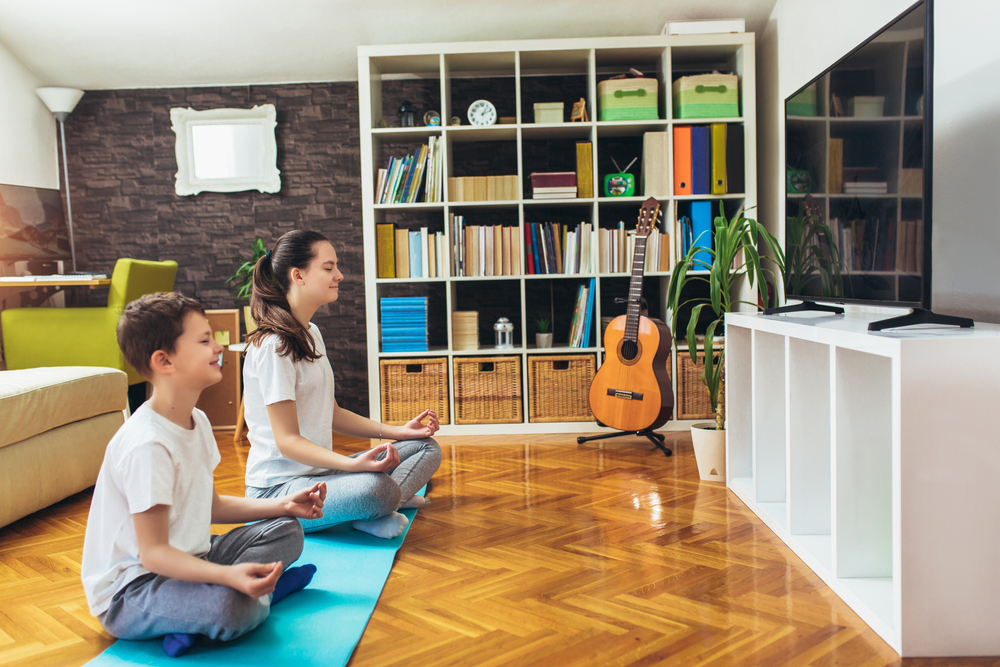
To teach mindful breathing, instruct children to breathe deeply into their bellies by placing one hand on their tummy, and the other on their chest. Encourage participants to close their eyes if they wish, and to count slowly to three while breathing in deeply to feel the rise and fall of their breath. If it helps, instruct kids to imagine themselves blowing up a balloon as they breathe out, and to think about how breathing makes them feel and what they notice about the movement of their body.
Use breathing exercises like the one above throughout the school day or at home to help your kids relax. Use it during a classroom transition or brain break, or at a set routine time, such as aftermath lessons, or upon returning from recess.
2. Sensory Play and Games
Another way to focus a child’s attention on the here and now is to engage in sensory play or games. Sensory play refers to anything that guides a participant’s attention towards a specific sense, such as sight, sound, or touch. For instance, during a break, teachers may take students outside to listen closely to nature sounds. Play a round of “I-Spy” or ask kids to close their eyes to touch a mystery material and take guesses as to what they feel. Sensory tables are another great way to encourage imagination while focusing on the present.
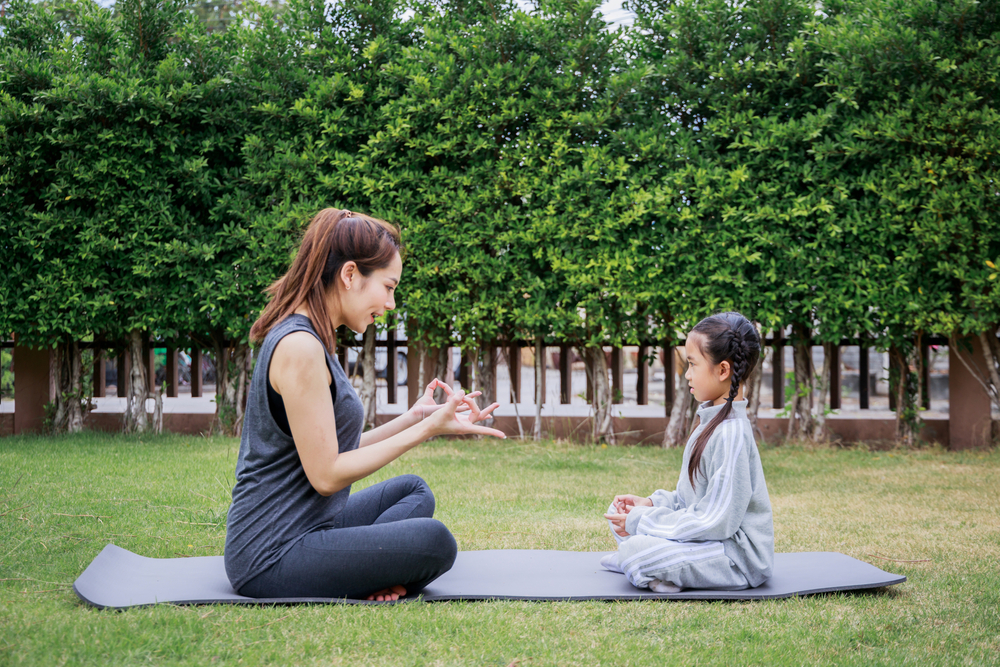
3. Mindfulness through Movement
Humans love to move, and our children are probably the wiggliest creatures of all! Exercise has long been shown to reduce stress and make us feel good, and it can also be used in the classroom to practice mindfulness. Beyond lessons that incorporate movement, mindfulness can be practiced through stretching or yoga using their chairs, in the school gymnasium, or even outside. Introduce poses that connect to whatever topic students are studying to make it even more meaningful. For instance, yoga can be a great way to teach students about geometry and shapes!
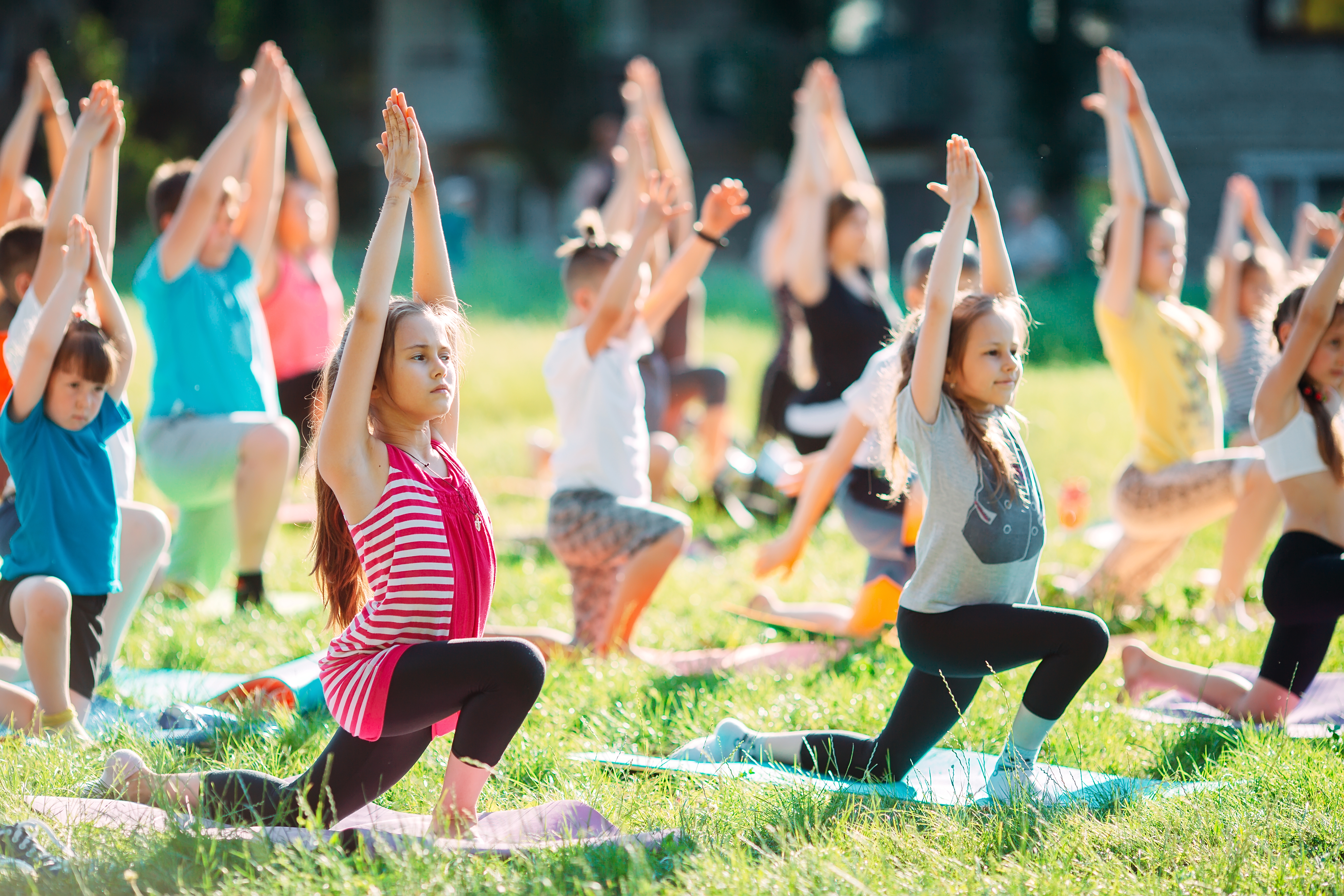
While the above ideas may not tune children into their own emotions immediately, they do help kids to home in the present, and to block out outside stressors. In time, this can be used to teach little learners more about their own bodily responses to stress, and their emotions. Along the way, teachers and parents enjoy calming moments of mindfulness to break up their own day!
When kids are ready to get back to work, don’t forget that Kids Academy has a huge selection of worksheets and games to keep your children busy learning and growing!


